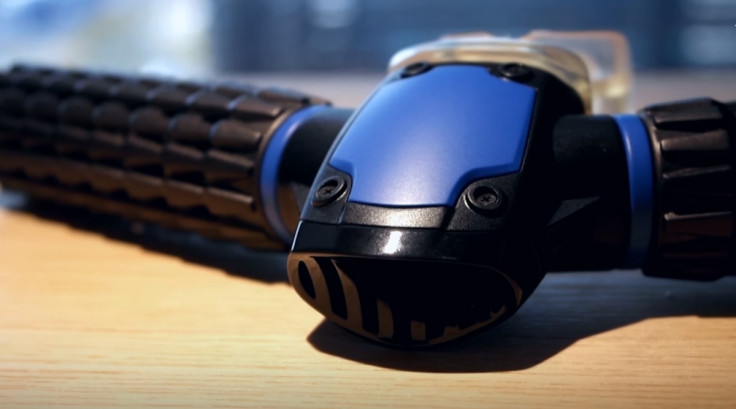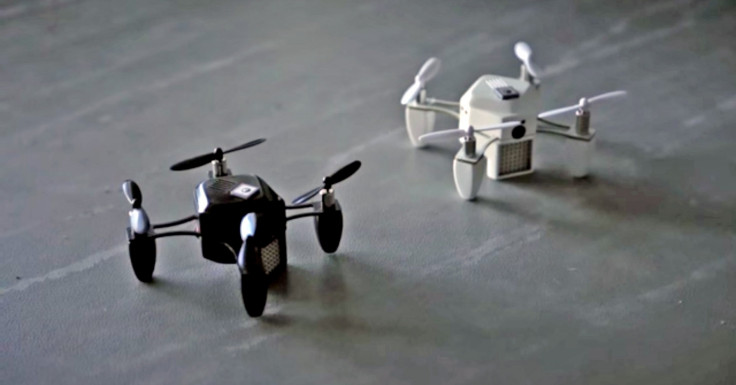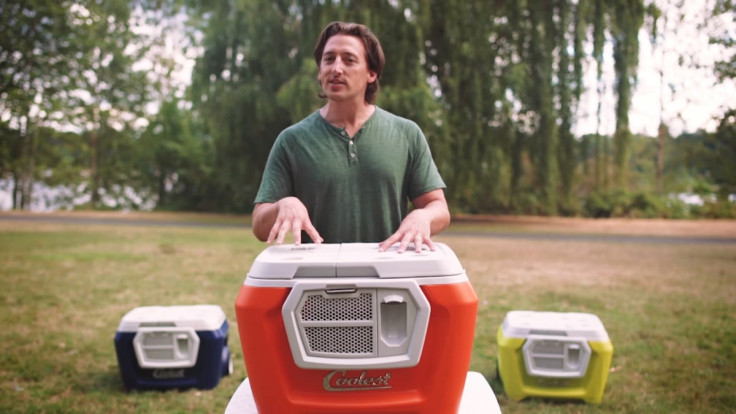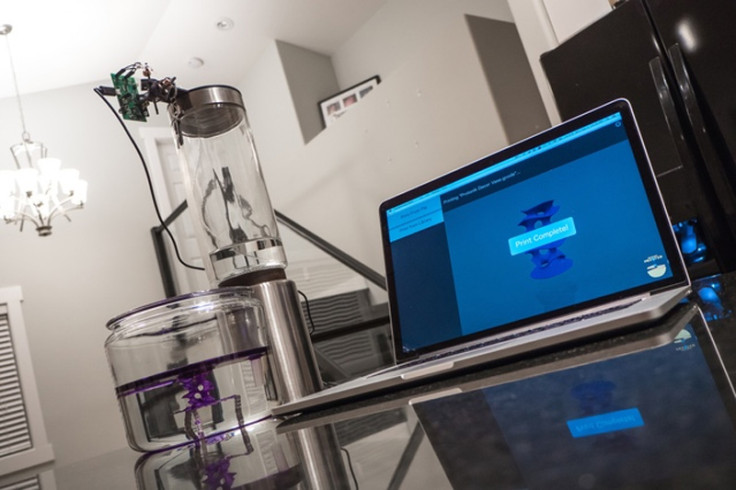Top five crowdfunding fails: From James Bond gadgets to anti-gravity shoes
Backers beware: Crowdfunding projects don't always deliver, here are the worst

While crowdfunding platforms like Kickstarter and Indiegogo are a great way for start-up companies to get their ideas off the ground, history shows that not all campaigns go to plan. Many projects die in the water before they can see the light of day.
Others fail to meet the lofty ambitions set by their creators, whereas in the worst instances fake start-up companies pitch fanciful concepts with no intention of ever creating them, take investors' money and run.
Here are five examples of crowdfunding projects that failed, either in concept, delivery or execution.
1. Zano Drone
The Zano drone was Europe's most successful Kickstarter campaign ever at one point, but collapsed after the mini-drone quite literally failed to get off the ground.
The drone, which was small enough to fit in the palm of your hand and was controlled by a smartphone app, went into production but quickly received criticism from customers who complained of a range of problems, not least the inability to get the drone to function.
Just 600 of the miniature drones were shipped out to backers who had pledged more than £2.3m to the campaign, while over 14,000 orders went unfulfilled.
Torquing Group, the company behind the Wales-based startup, eventually went into liquidation, leaving thousands out of pocket.

2. Triton Gills
Triton promised James Bond-esque powers with its so-called artificial gills, capable of granting users underwater breathing abilities. The gadget claimed to work by extracting oxygen molecules from the surrounding water, which it then stored as breathable oxygen. Its creators claimed the device could store enough air to allow divers to stay underwater for 45 minutes.
It wasn't long before the online community began poking holes in Triton's fanciful claims, with experts pointing out that what the device promised just wasn't possible by modern technological standards. Indiegogo eventually forced Triton to repay those who backed its sham product, but not before the campaign had raked in some $900,000 (£715,000, €852,000) from backers.

3. Coolest Cooler
Coolest Cooler, a speaker-equipped cool box, has yet to deliver to customers two years after its estimated shipping date. It first appeared Kickstarter back in July 2014 and quickly became one of the most successful Kickstarter campaigns of all time, raking in $13m from backers and rocketing past its $50,000 funding goal.
Yet despite having money thrown at its product, Coolest has had a hard time getting it out to the 50,000-plus backers who handed over their cash. The majority of them are still waiting for their orders to arrive, and amazingly its creators have since asked backers to cough over an extra $97 each if they ever want their investments returned.

4. MoonWalker 20:16
The promise behind MoonShine Crea's MoonWalker boots is a lofty one. The footwear claims to offer the feeling of walking in low-gravity, supposedly achieved using two layers of ultra-powerful neodymium magnets in the sole that face each other to create repellent force.
Since launching on Indiegogo in 2015, MoonShine Crea has uploaded a series videos to YouTube appearing to show the shoes in various stages of production, alongside a number of CAD drawings and concept videos. However, the company dropped off the radar in July this year after citing delays, taking with it more than $250,000 in funding it had received from backers. Nobody, including IBTimes UK, has been able to reach the company since.

5. Peachy Printer
Peachy Printer labelled itself as the world's most affordable 3D printer and scanner when it arrived on Kickstarter in September 2013, and was at the time praised for being a potential game-changer in the manufacturing market. The campaign seemed to be doing well until May 2015, when it apparently ran into problems on its production line.
Nobody could have foreseen what came next. In March 2016, Peachy Printer creator Ryan Grayston published a statement on the campaign's website accusing his partner David Boe of embezzling some $252,000 of campaign funds into his own account in order to build himself a house. Even more incredible was the subsequent video published to the campaign page that showed Boe confessing his misdeeds to Grayston.
The matter is now under under investigation by Canadian police.

© Copyright IBTimes 2025. All rights reserved.






















